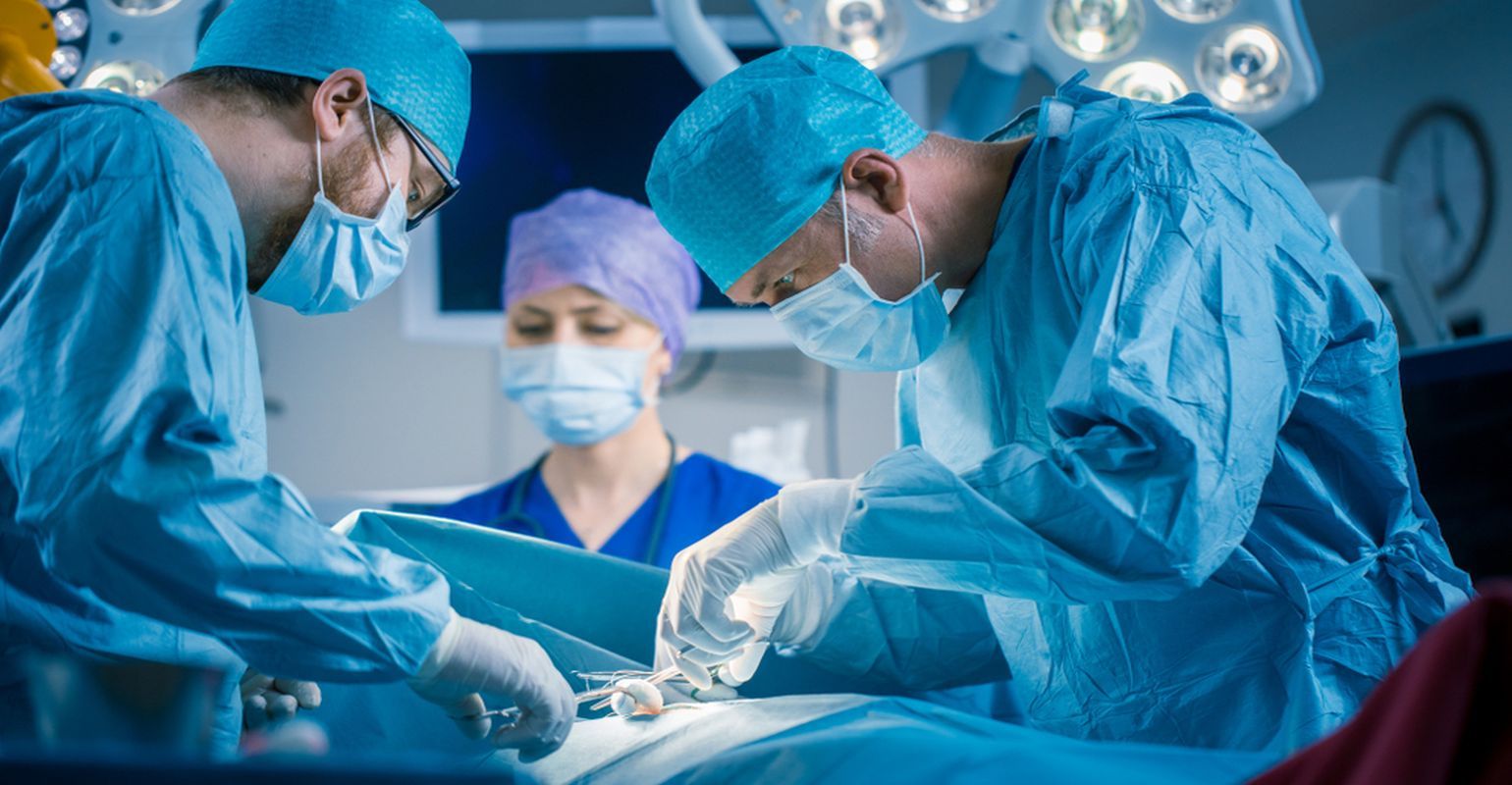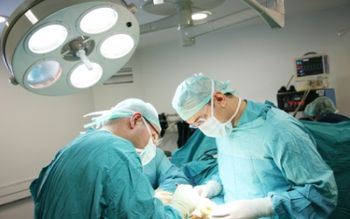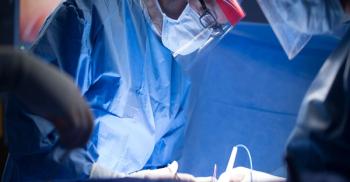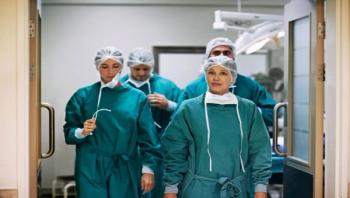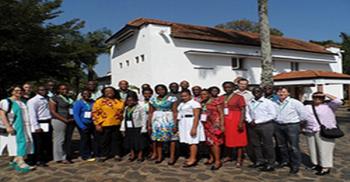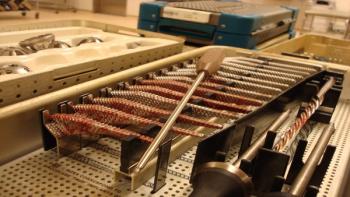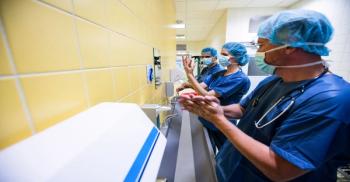
Advertisement
Advertisement
Trending on Infection Control Today
1
Announcing the 2025 Infection Control Today Educator of the Year Award Winner: Patricia Montgomery, MPH, RN, CIC, FAPIC
2
Superbug-Related Deaths: A Call to Action for Hospitals
3
The Invisible Threats: An IP's Guide to Advocating for Sterile Processing
4

